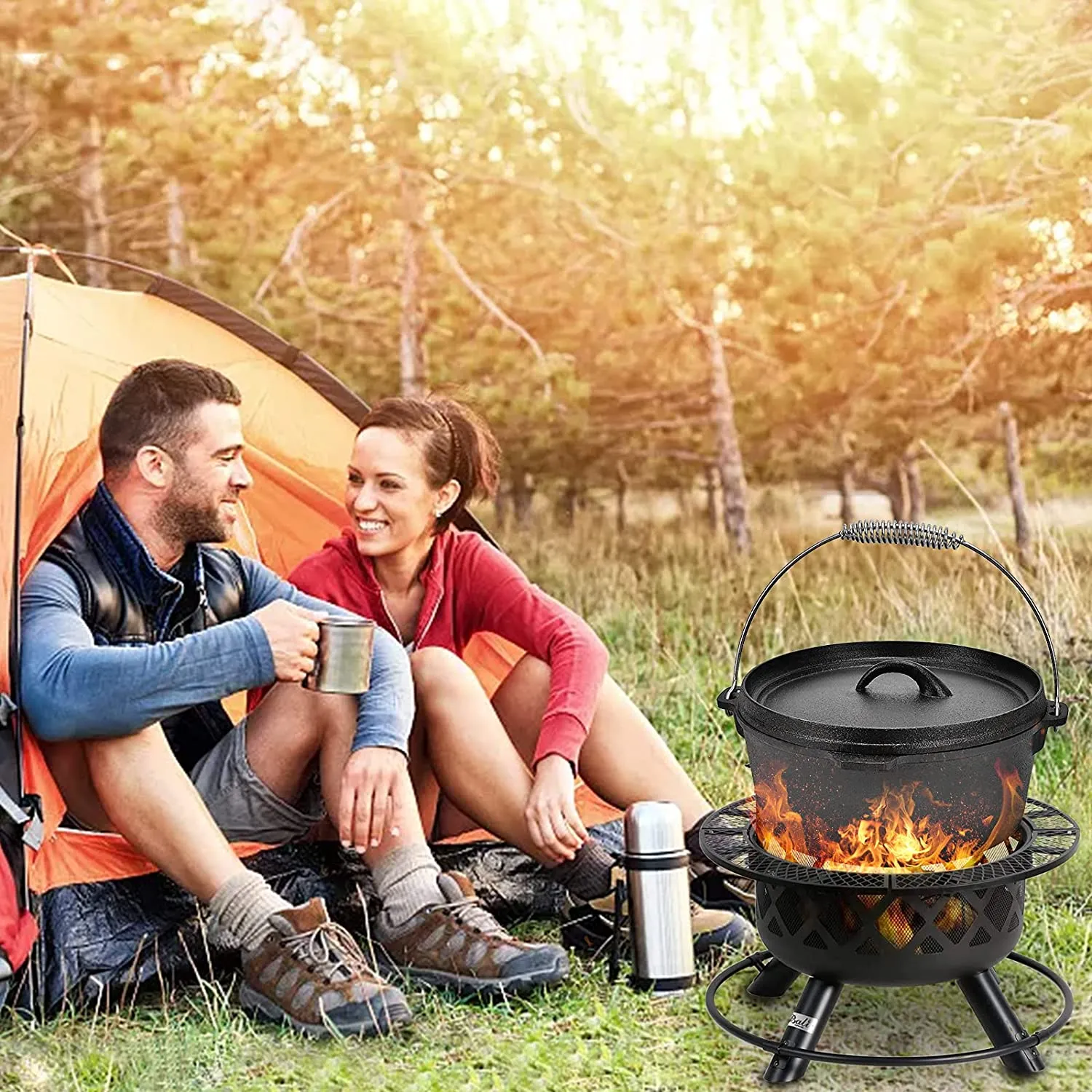
wok vs cast iron
Wok vs. Cast Iron Choosing the Right Cookware for Your Kitchen
When it comes to cooking, the choice of cookware can significantly influence the flavors and textures of your food. Among the many types of cooking vessels available, two of the most popular options are the wok and cast iron pans. Each has unique characteristics and benefits, making them suitable for different cooking styles and cuisines. This article will explore the features, benefits, and potential drawbacks of woks and cast iron pans, helping you determine which might be the best fit for your culinary needs.
The Wok A Versatile Asian Essential
Originating from China, the wok is a round-bottomed cooking vessel traditionally made of carbon steel. Its unique shape allows for high-heat cooking and encourages even heat distribution, making it ideal for quick cooking methods such as stir-frying, steaming, and deep-frying. The high sides of the wok also make it easier to toss ingredients without spilling, which is especially useful in fast-paced cooking environments.
One of the key features of a wok is its ability to cook food quickly at high temperatures, which not only helps to preserve the nutrients in vegetables but also develops a beautiful char on meats. This high-heat cooking is often accompanied by the “wok hei” or “breath of the wok,” a subtle, smoky flavor that enhances dishes like fried rice and stir-fried vegetables.
Woks are incredibly versatile; they can be used on various heat sources, including gas, electric, and induction stovetops. Additionally, many woks come with a non-stick coating or are seasoned for easy release of food. However, they require a bit of maintenance, including regular seasoning to maintain their non-stick properties and prevent rusting, particularly for carbon steel models.
Cast Iron A Reliable Classic
wok vs cast iron

Cast iron cookware has been a staple in kitchens for centuries, valued for its durability and heat retention. Traditionally, it is made of thick cast iron, which distributes heat evenly and can withstand high temperatures. This makes cast iron pans excellent for various cooking methods—sautéing, frying, baking, and even grilling.
One of the most significant advantages of cast iron is its ability to retain heat, making it ideal for searing meats and creating a crust on baked goods like cornbread. Furthermore, when properly seasoned, cast iron develops a natural non-stick surface that only improves with use, adding flavor to dishes over time.
Moreover, cast iron cookware is extremely versatile and can transition seamlessly from stovetop to oven, making it perfect for recipes that require both cooking methods. Unlike woks, cast iron does not require regular seasoning (beyond initial treatment) to maintain its non-stick capabilities, though maintenance is still crucial to prevent rust and maintain longevity.
Which One Should You Choose?
Choosing between a wok and cast iron largely depends on your cooking style. If you enjoy Asian cuisines, particularly stir-frying and deep-frying, a wok may be the more appropriate option. Its design allows for quick cooking and versatile food preparation, making meal prep swift and efficient.
On the other hand, if you prefer slow-cooked meals, baking, or other versatile cooking methods, a cast iron pan might be the better choice. Its durability and heat retention make it suitable for a wide range of recipes, from skillet cornbread to seared steak.
Ultimately, both woks and cast iron pans have their place in a well-equipped kitchen. Some avid cooks even opt to have both, taking advantage of the unique benefits each offers. Whichever cookware you decide on, ensure that it aligns with your cooking preferences and routines. With the right tools at your disposal, you'll be well on your way to crafting delicious meals from a variety of cuisines.
-
Season Cast Iron Perfectly with GPT-4 Turbo TipsNewsAug.01,2025
-
High Quality Cast Iron Cookware - Baixiang County Zhongda MachineryNewsAug.01,2025
-
Premium Cast Iron Pan: Durable & Perfect HeatNewsAug.01,2025
-
High Quality Kitchen Durable Black Round Cast Iron Cookware Pancake Crepe Pan-Baixiang County Zhongda Machinery Manufacturing Co., Ltd.NewsAug.01,2025
-
Cast Iron Cookware - Baixiang County Zhongda Machinery | Nonstick, Heat ResistanceNewsAug.01,2025
-
High Quality Kitchen Durable Black Round Cast Iron Cookware - Baixiang County Zhongda Machinery | Non-Stick, Heat Retention, DurableNewsJul.31,2025


